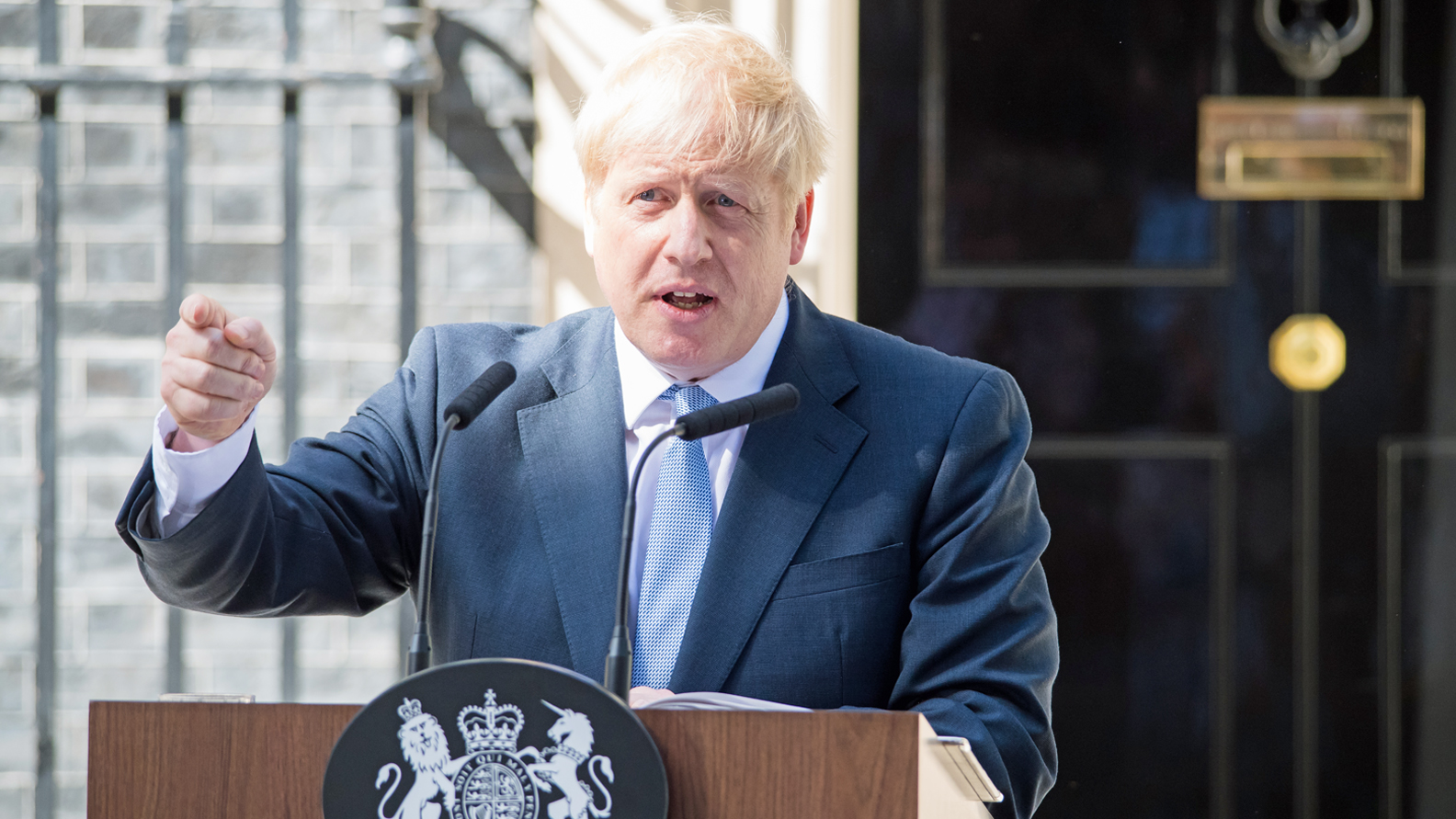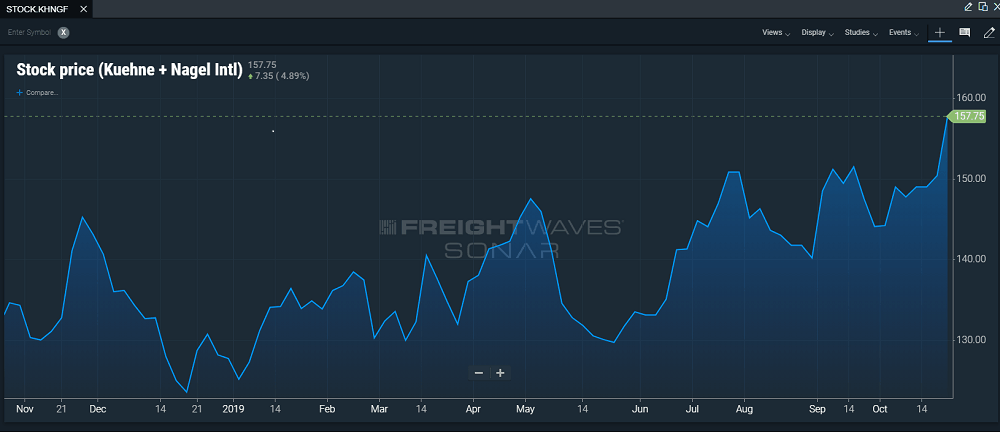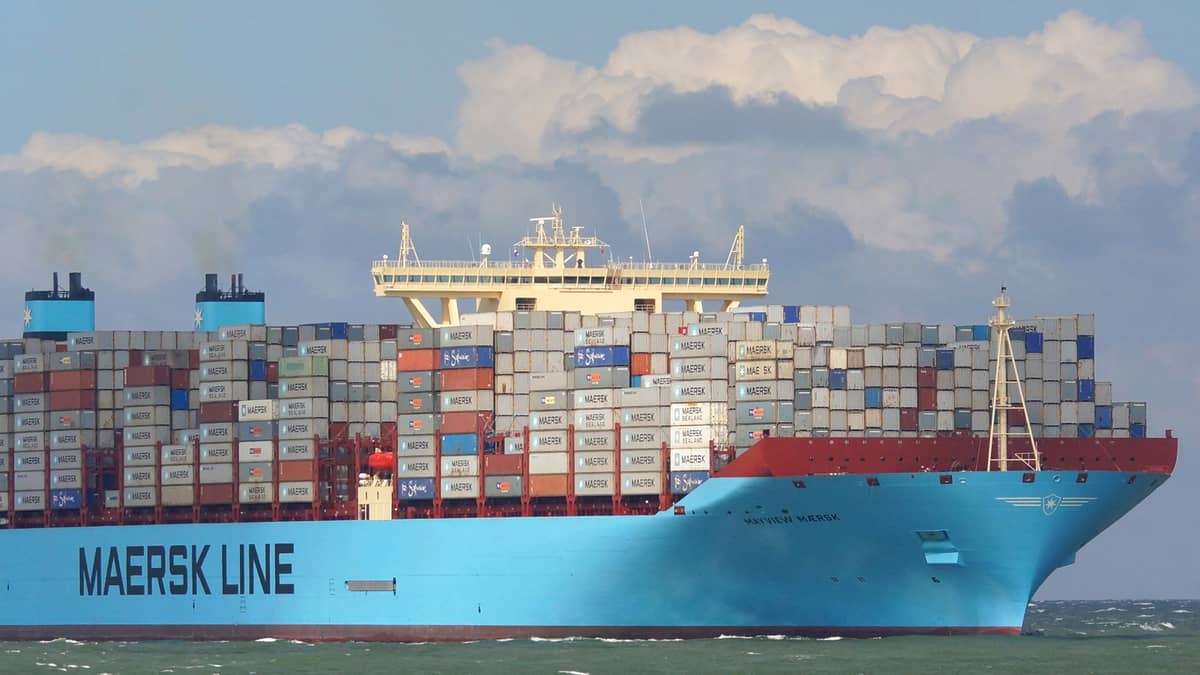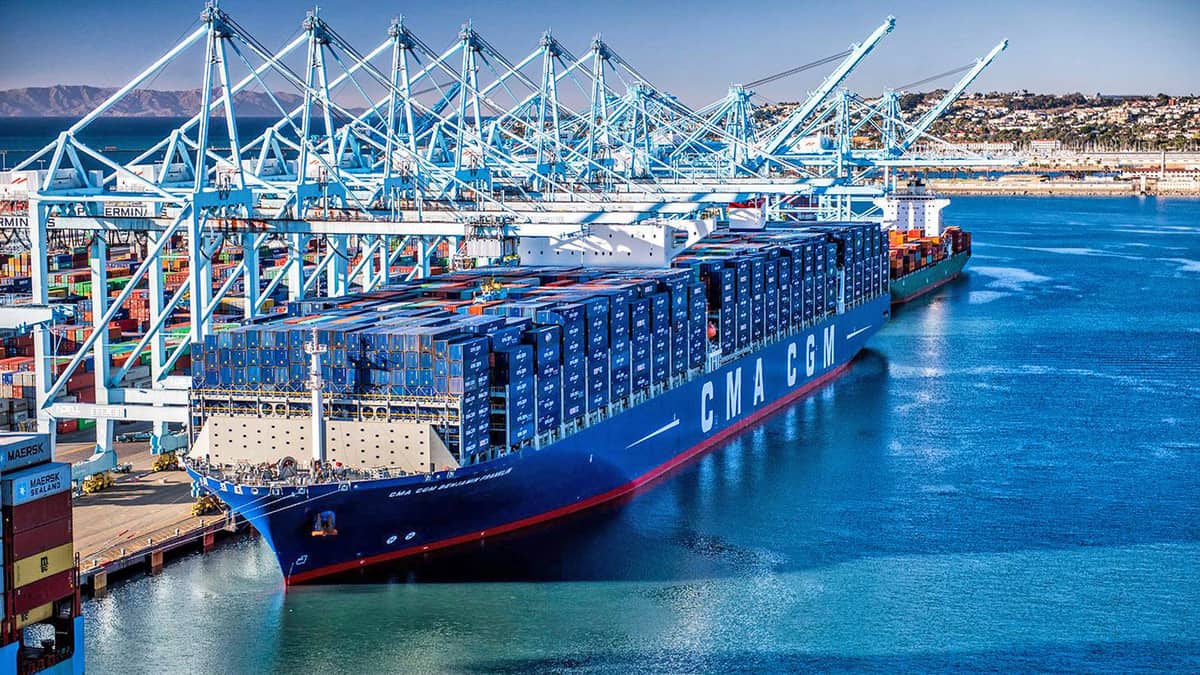Shippers and container lines will likely settle the “who pays how much” dilemma of new low-sulfur IMO 2020-compliant fuels in much the same way as they agree on freight rates: They will simply negotiate a price both parties can live with.
That is the view of a growing number of market and fuel experts as box shipping stakeholders face the estimated $11 billion bill due next year because of the introduction of low-sulfur fuels that become mandatory under International Maritime Organization rules on Jan. 1.
Patrik Berglund, CEO of Xeneta, an Oslo-based ocean freight rate benchmarking and market analytics platform, sees no precedent to suggest lines will succeed in billing customers for the full higher cost of the new low-sulfur bunkers. Rather, he believes the market will determine who pays how much.
He argues that oil prices are currently not at historically high levels while ocean freight rates in the current slack season are tumbling on key trades.
“I think the notion of increased costs to run operations for carriers, equals increased rates for shippers, is flawed,” he said. “There’s no historical evidence to support this.”
“Therefore, if higher fuel costs get passed on to shippers in today’s market, we wouldn’t have rate levels that are outside of anything we normally have from market fluctuations due to shifting supply/demand balance,” he added.
No historical precedent
“Also, if you look historically, rates or costs for shippers do not move in correlation with oil price.
“It’s beneficial from the seller side to focus on cost increases as IMO 2020 regulations come into effect. But whether those costs can be passed on to the customers remains to be seen. The state of the market — the supply/demand balance — will be the key decisive factor.”
“Bewildered” shippers and forwarders have expressed confusion over the timing and transparency of new bunker charges already being introduced by container lines as they phase in the fuels. Shippers are particularly wary that container lines might hike the fuel component of freight to compensate for bearish spot rates.
For their part, carriers have insisted they will only charge for the “extra cost of compliance.”
A recent survey of transport professions by Stifel shed some light on how container shipping stakeholders think the IMO 2020 bill will be divvied up. Responses suggested that shippers and retailers would bear the biggest impact, followed closely by consumers, then carriers and finally freight forwarders.
“As expected, capacity providers — ocean and surface transportation — tend to think shippers will eat the most cost, while shippers expect carriers to shoulder most of the burden,” reported Stifel. “What all parties did agree on, however, was that consumers will be among the most affected groups.”
No more than $500/FEU?
Among those with exposure to trans-Pacific container rates, roughly 20% of those surveyed by Stifel anticipated a drag of less than US$150 per FEU, 60% anticipated between US$150-$300/FEU and 20% expect US$300-$500 per box. “No one expects more than US$500,” said Stifel.
The problem faced by lines is how to explain to customers in a transparent way what exactly they are paying toward the higher cost of low-sulfur fuels.
For example, the price differential between low-sulfur, IMO 2020-compliant fuels and the noncompliant (unless ships are fitted with scrubbers) heavy fuel oil currently in use varies by $150-260 per ton at present. However, with so many factors such as vessel size, feeder costs, voyage times and regional fuel price differences, translating bunker price differentials into a price for a specific box movement for each customer is nigh on impossible.
“There are also many trades which are decidedly one way (and empty on the backhaul). Who pays for the extra cost for the empty leg?” asked Hans-Henrik Nielsen, global development director at Dubai-based CargoGulf, the NVOCC operating arm of Gulf Agency Group.
“Many lines may want to align the cost of such a move with the ‘freight paying leg’ and thus the cost would increase further.”
Nielsen believes lines will price the new fuel through a range of mechanisms in a bid to extract as much as they can from customers, much as they do with surcharges and spot freight rates.
Forget transparency
“Container operators have never been good at transparency — and who says transparency is needed?” he said. “The container operators will try to profit on this. They have always done so. War risks, bunker adjustment factors, etc. They cannot help themselves.”
He expects mainline operators to “try to play the political card or eco-friendly card,” which “they might even get away with” at first, but eventually he expects the market to decide pricing.
“I have no doubts that there will be concessions given to larger clients because, after a while, [more expensive fuel] is just a cost of doing business,” he added.
“You do not see Electrolux or Samsung complain about costs increasing for washing machines or flat screen tellies. There is no surcharge in the store to buy a TV. You walk in, there is a price on the telly which you accept or you don’t.
“Shippers and carriers are not friends — that dialogue was back in the old conference days. It is a client/supplier relationship. You can have excellent working relations, but one party does not owe an explanation to the other party for its pricing or choice/rejection of service.
“IMO 2020 will not go away — the political global decision has been made. So it is a cost of doing business. But after a while the surcharges will disappear. A surcharge by nature implies it will go away again when things normalise.”
FreightWaves articles by Mike





















